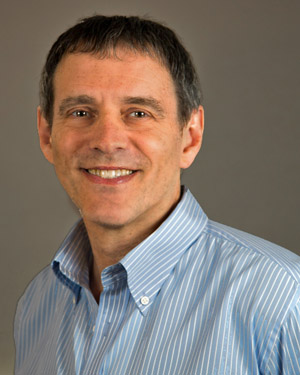
Steven Weiner, Computer Specialist and Aesthetic Realism associate, writes:
Central to the education of Aesthetic Realism is the asking: Why is art, and the comprehension of what beauty is, an urgent study for the happiness of our lives, and for the well-being of the world? This new issue of The Right Of answers that question logically, culturally, magnificently—so much so, that you will get honest new hope for yourself and for humanity. By all means, read “How Aesthetic Realism Sees Art,” the thrilling current issue of The Right of Aesthetic Realism to Be Known!
The commentary by Ellen Reiss begins:
Dear Unknown Friends:
The lecture we are beginning to serialize, How Aesthetic Realism Sees Art, is important historically—important in art history and the history of Aesthetic Realism and humanity. This talk, which Eli Siegel gave in January 1956, is also enormously important for the present moment: for life and art and our nation today.
Attending the talk were working artists, some of whom were students of Aesthetic Realism, some of whom were not. Less than a year earlier, the Terrain Gallery had begun. And here I refer readers to Carrie Wilson’s authentic and gripping “Brief History” of the Terrain, on that gallery’s website. Carrie Wilson is a coordinator of the Terrain, and I quote just a little from her “Brief History” to help place the lecture we’re now serializing. She writes:
The Terrain Gallery…opened in 1955 under the direction of [artist] Dorothy Koppelman, and took as its motto this statement by the founder of Aesthetic Realism, poet and philosopher Eli Siegel: “In reality opposites are one; art shows this.”
Ms. Wilson writes that in 1954 Mrs. Koppelman presented an idea to her colleagues, including artist Chaim Koppelman, poet Sheldon Kranz, and poets and photographers Nancy Starrels and Louis Dienes:
She proposed “Some Notions with a Hope of Motion on a Gallery”: “It’s a place where, through the graphic arts mainly…, the Aesthetic Realism point of view will be shown. I hope to show as clearly, as pointedly, as delightfully as possible that through paintings, sculpture, poetry, literature, the world makes great sense.” —And so the Terrain Gallery came to be.
Today
The Terrain has continued these 66 years—with a richness of diversity and with critical scrupulosity and pizzazz. It has shown in its exhibitions and talks that the explanation which has been called the Siegel Theory of Opposites is true: true about art of all the millennia and about art created today. Writes Ms. Wilson:
Eli Siegel’s now historic Fifteen Questions, “Is Beauty the Making One of Opposites?,” [was] first published in the opening announcement of the gallery….And in December of that year [it] was reprinted in the Journal of Aesthetics and Art Criticism.”
And today, a person looking at the Terrain Gallery’s website will, I believe, find it thrilling—will feel there is no more exciting website about art.
The talk we are serializing is about the visual arts, principally painting. But Eli Siegel is the critic who, after all these many centuries, explained what beauty is, beauty in all the arts, and anywhere. And he has shown why art matters, matters fundamentally and always. He has shown that art is about our own lives—through its structure, its very technique. The reason is in this great Aesthetic Realism principle: “All beauty is a making one of opposites, and the making one of opposites is what we are going after in ourselves….” Read more